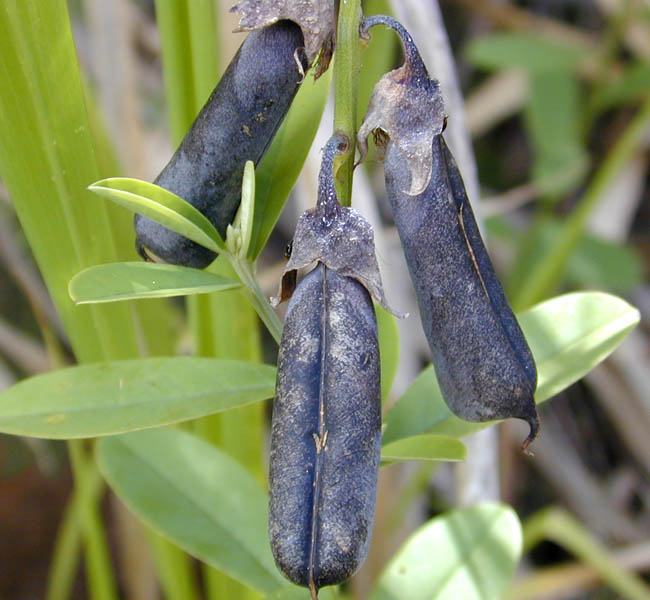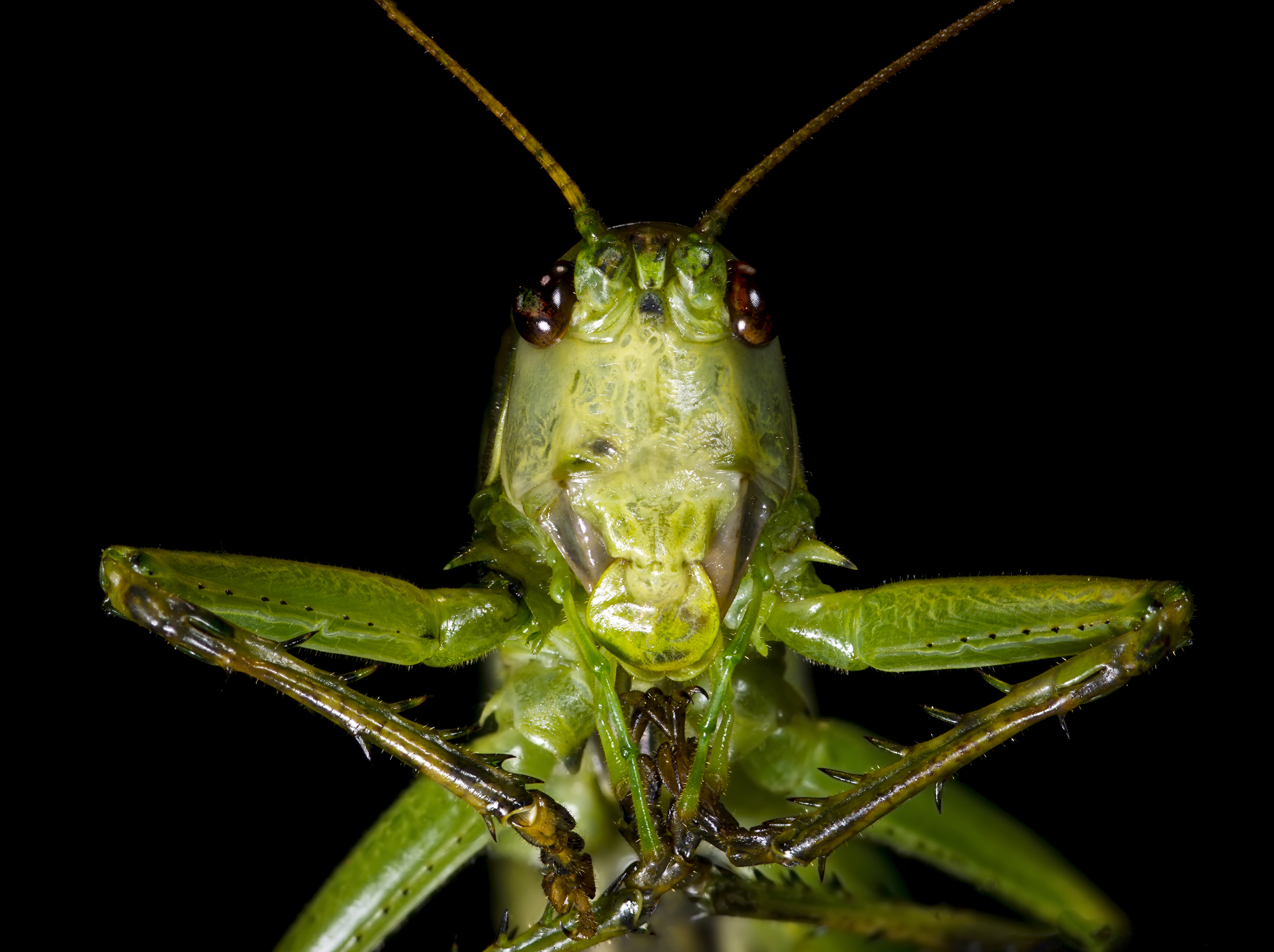|
Spermatophore
A spermatophore, from Ancient Greek σπέρμα (''spérma''), meaning "seed", and -φόρος (''-phóros''), meaning "bearing", or sperm ampulla is a capsule or mass containing spermatozoa created by males of various animal species, especially salamanders and arthropods, and transferred in entirety to the female's ovipore during reproduction. Spermatophores may additionally contain nourishment for the female, in which case it is called a nuptial gift, as in the instance of bush crickets. In the case of the toxic moth '' Utetheisa ornatrix'', the spermatophore includes sperm, nutrients, and pyrrolizidine alkaloids which prevent predation because it is poisonous to most organisms. However, in some species such as the Edith's checkerspot butterfly, the "gift" provides little nutrient value. The weight of the spermatophore transferred at mating has little effect on female reproductive output. Arthropods Spermatophores are the norm in arachnid Arachnids are arthro ... [...More Info...] [...Related Items...] OR: [Wikipedia] [Google] [Baidu] |
Nuptial Gift (animal Behavior)
Formally, a nuptial gift is a material presentation to a recipient by a donor during or in relation to sexual intercourse that is not simply gametes in order to improve the reproductive fitness of the donor. Often, such a gift will improve the fitness of the recipient as well. This definition implies neutral gifts, costly gifts and beneficial gifts regarding the fitness of the recipient. Nuptial gifting is at the intersection of sexual selection, nutritional ecology, and life history theory, creating a link between the three. Edible and inedible nuptial gifts Many nuptial gifts are a source of nutrition for the recipient. In many species of animals, including birds, insects, and spiders, this takes the form of a food item that is transferred from a male to a female just prior to copulation. This is a behavior known as courtship feeding. Inedible tokens may include items such as a fragment of leaf or twig, a seed tuft, or a silk balloon. How gifts are received There are three ... [...More Info...] [...Related Items...] OR: [Wikipedia] [Google] [Baidu] |
Edith's Checkerspot
Edith's checkerspot (''Euphydryas editha'') is a species of butterfly in the family Nymphalidae. It is a resident species of western North America and among the subspecies, entomologists have long been intrigued by their many phenotypic variations in coloration, wing length, and overall body size. Most populations are monophagous and rely on plants including '' Plantago erecta'' and '' Orthocarpus densiflorus'' as their host species in developing from eggs through to larvae, pupae, and mature butterflies. Males exhibit polygyny whereas females rarely mate more than once. Males devote most of their attention to mate acquisition, and such mate locating strategies such as hilltopping behavior have developed. Climate change and habitat destruction have impacted certain subspecies. Three subspecies in particular, ''Euphydryas editha quino'', '' Euphydryas editha bayensis'' and '' Euphydryas editha taylori'', are currently under protection via the Endangered Species Act. Description Th ... [...More Info...] [...Related Items...] OR: [Wikipedia] [Google] [Baidu] |
Ornate Moth
''Utetheisa ornatrix'', also called the ornate bella moth, ornate moth, bella moth or rattlebox moth, is a moth of the subfamily Arctiinae. It is aposematically colored ranging from pink, red, orange and yellow to white coloration with black markings arranged in varying patterns on its wings. It has a wingspan of 33–46 mm. Moths reside in temperate midwestern and eastern North America as well as throughout Mexico and other parts of Central America. Unlike most moths, the bella moth is diurnal. Formerly, the bella moth or beautiful utetheisa of temperate eastern North America was separated as ''Utetheisa bella''. Now it is united with the bella moth in ''Utetheisa ornatrix''. The larvae usually feed on ''Crotalaria'' species, which contain poisonous alkaloid compounds that render them unpalatable to most predators. Larvae may prey on other bella moth larvae in order to compensate for any alkaloid deficiency. The bella moth also demonstrates complex mating strategies and is ... [...More Info...] [...Related Items...] OR: [Wikipedia] [Google] [Baidu] |
Tettigoniidae
Insects in the family (biology), family Tettigoniidae are commonly called katydids (especially in North America) or bush crickets. They have previously been known as "long-horned grasshoppers". More than 8,000 species are known. Part of the suborder Ensifera, the Tettigoniidae are the only extant (living) family in the superfamily Tettigonioidea. Many species are Nocturnality, nocturnal in habit, having strident mating calls and may exhibit mimicry or camouflage, commonly with shapes and colours similar to leaves.[] Etymology The family name Tettigoniidae is derived from the genus ''Tettigonia'', of which the Tettigonia viridissima, great green bush cricket is the type species; it was first described by Carl Linnaeus in 1758. In Latin ''tettigonia'' means a kind of small cicada, leafhopper; it is from the Greek τεττιγόνιον ''tettigonion'', the diminutive of the imitative (onomatopoeic) τέττιξ, ''tettix'', cicada. All of these names such as ''tettix'' with repeat ... [...More Info...] [...Related Items...] OR: [Wikipedia] [Google] [Baidu] |
Speckled Wood (butterfly)
The speckled wood (''Pararge aegeria'') is a butterfly found in and on the borders of woodland areas throughout much of the Palearctic realm. The species is subdivided into multiple subspecies, including ''Pararge aegeria aegeria'', ''Pararge aegeria tircis'', ''Pararge aegeria oblita'', and ''Pararge aegeria insula''. The color of this butterfly varies between subspecies. The existence of these subspecies is due to variation in morphology down a gradient corresponding to a geographic Cline (biology), cline. The background of the wings ranges from brown to orange, and the spots are either pale yellow, white, cream, or a tawny orange. The speckled wood feeds on a variety of grass species. The males of this species exhibit two types of mate locating behaviors: Territory (animal), territorial defense and patrolling. The proportion of males exhibiting these two strategies changes based on Ecology, ecological conditions. The monandrous female must choose which type of male can help her ... [...More Info...] [...Related Items...] OR: [Wikipedia] [Google] [Baidu] |
Salamander
Salamanders are a group of amphibians typically characterized by their lizard-like appearance, with slender bodies, blunt snouts, short limbs projecting at right angles to the body, and the presence of a tail in both larvae and adults. All ten extant salamander families are grouped together under the order Urodela, the sole surviving order from the group Caudata. ''Urodela'' is a scientific Latin term based on the Ancient Greek : ourà dēlē "conspicuous tail". ''Caudata'' is the Latin for "tailed ones", from : "tail". Salamander diversity is highest in eastern North America, especially in the Appalachian Mountains; most species are found in the Holarctic realm, with some species present in the Neotropical realm. Salamanders never have more than four toes on their front legs and five on their rear legs, but some species have fewer digits and others lack hind limbs. Their permeable skin usually makes them reliant on habitats in or near water or other cool, damp places. So ... [...More Info...] [...Related Items...] OR: [Wikipedia] [Google] [Baidu] |
Cyrtodiopsis Dalmanni
} ''Teleopsis dalmanni'', synonym ''Cyrtodiopsis dalmanni'', also known as the Malaysian stalk-eyed fly, is a species of fly in the family Diopsidae. ''T. dalmanni'' flies possess lateral elongations on their head capsules called eyestalks. These eyestalks play an important role in mate selection and as a result physical characteristic of the fly has been the subject of several studies on sexual selection, natural selection, and mating behavior. Distribution ''Teleopsis dalmanni'' is found in Malaysia as well as other parts of Southeast Asia. Flies used in studies are usually collected in Malaysia. Habitat ''Teleopsis dalmanni'' are predominantly found at the edge of forest streams, where their mating rituals occur. They have been observed resting on dried leaves or undergrowth at the water’s edge, and occasionally even on the sand. Life history As with other Dipterans, ''T. dalmanni'' flies undergo a larval phase before transitioning into adults. There is little inform ... [...More Info...] [...Related Items...] OR: [Wikipedia] [Google] [Baidu] |
Animal Male Reproductive System
The reproductive system of an organism, also known as the genital system, is the biological system made up of all the anatomical organs involved in sexual reproduction. Many non-living substances such as fluids, hormones, and pheromones are also important accessories to the reproductive system. Unlike most organ systems, the sexes of differentiated species often have significant differences. These differences allow for a combination of genetic material between two individuals, which allows for the possibility of greater genetic fitness of the offspring.Reproductive System 2001 Body Guide powered by Adam Animals In mammals, the major organs of the reproductive system include the external gen ...[...More Info...] [...Related Items...] OR: [Wikipedia] [Google] [Baidu] |
Arthropod
Arthropods ( ) are invertebrates in the phylum Arthropoda. They possess an arthropod exoskeleton, exoskeleton with a cuticle made of chitin, often Mineralization (biology), mineralised with calcium carbonate, a body with differentiated (Metamerism (biology), metameric) Segmentation (biology), segments, and paired jointed appendages. In order to keep growing, they must go through stages of moulting, a process by which they shed their exoskeleton to reveal a new one. They form an extremely diverse group of up to ten million species. Haemolymph is the analogue of blood for most arthropods. An arthropod has an open circulatory system, with a body cavity called a haemocoel through which haemolymph circulates to the interior Organ (anatomy), organs. Like their exteriors, the internal organs of arthropods are generally built of repeated segments. They have ladder-like nervous systems, with paired Anatomical terms of location#Dorsal and ventral, ventral Ventral nerve cord, nerve cord ... [...More Info...] [...Related Items...] OR: [Wikipedia] [Google] [Baidu] |
Ovipore
An ovipore is a pore-like sexual organ of a female insect that is insemination, inseminated by the spermatophores ejected by the aedeagus of a male insect during copulation (zoology), copulation. The spermatophores that pass through the ovipore are stored in most insect species in another organ called ''spermatheca''. References Animal reproductive system Sex organs Insect anatomy {{Insect-anatomy-stub ... [...More Info...] [...Related Items...] OR: [Wikipedia] [Google] [Baidu] |
Hectocotylus
A hectocotylus (: hectocotyli) is one of the arms of male cephalopods that is specialized to store and transfer spermatophores to the female. Structurally, hectocotyli are muscular hydrostats. Depending on the species, the male may use it merely as a conduit to the female, analogously to a penis in other animals, or he may wrench it off and present it to the female. The hectocotyl arm was first described in Aristotle's biological works. Although Aristotle knew of its use in mating, he was doubtful that a tentacle could deliver sperm. The name ''hectocotylus'' was devised by Georges Cuvier, who first found one embedded in the mantle of a female argonaut. Thinking it to be a parasitic worm, in 1829 Cuvier gave it a generic name (''Hectocotyle''), which is a New Latin term combining the Greek words for "hundred" (''hec(a)to(n)'') and for "hollow thing, cup" ('' cotyle''). Structure Generalized anatomy of squid and octopod hectocotyli: Variability Hectocotyli are shaped i ... [...More Info...] [...Related Items...] OR: [Wikipedia] [Google] [Baidu] |









